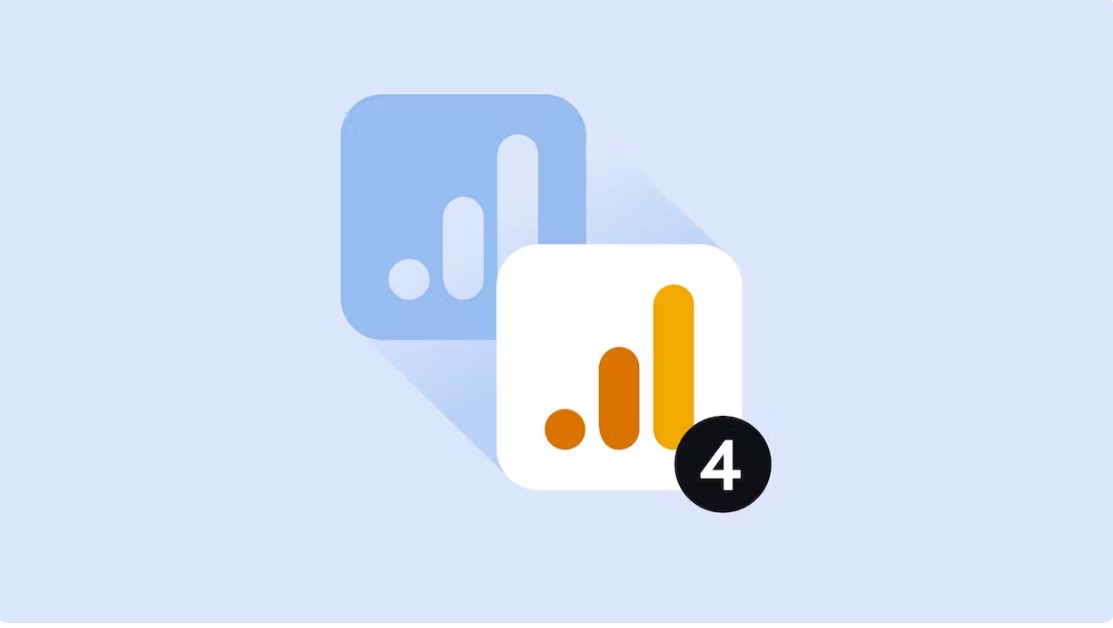Data quality has been a concern of businesses for many years. The definition of data quality, however, has changed over time.
Early definitions focused on the accuracy and completeness of data, but more recent definitions have added the notion of timeliness to data quality.
Today, data quality is defined as a measure of how well data meets the needs of its users, but data needs vary from business to business and from department to department within a business.
So, how do you assess data quality? When it comes to data quality, there are a few key factors you need to consider. Keep reading to learn more about what you need to do to assess the quality of your data.
Consider the Dimensions of Data Quality

There are several dimensions you must take into account when assessing data quality: accuracy, completeness, timeliness, relevance, and usability.
Accuracy means that the data is correct and corresponds to reality. Completeness means that all relevant information is included in the data set.
Timeliness means that the data is up to date. Relevance means that the data is applicable to the task at hand.
Usability means that the user can easily understand and use the data to meet their needs.
If your data fails to meet any of these dimensions, then you must take action to improve it.
Determine the Source of Poor Data Quality.
Poor data quality can cause all sorts of problems for your business, from inaccurate analysis to incorrect decisions.
There are many sources of low data quality, but some of the most common are:
- Bad data entry: This is one of the most common causes of low data quality.
- If you don’t enter your data correctly, it will be inaccurate and unreliable.
- Incorrect or outdated information: If you’re using old or incorrect information, your data will be wrong.
- Lack of standardization: If different people are entering the same data in different ways, it will be difficult to compile them into a usable format.
- This can also lead to inconsistency and inaccuracy.
- Human error: People make mistakes, which can lead to low data quality.
- Poorly designed databases: If your database isn’t well designed, it can lead to errors and inconsistencies in your data.
Once you have determined the source of your poor data quality, you can start working to fix the problem.
Determine Where your Data came From

When assessing the quality of your data, you also need to evaluate where you obtained your data. There are three main sources of data: primary, secondary, and tertiary.
Primary data is collected specifically for the research project at hand.
This could include surveys, interviews, focus groups, or observational studies. The advantage of using primary data is that it is customized for the study and can be used to answer specific questions.
However, collecting primary data can be expensive and time-consuming.
Secondary data is previously collected information that is repurposed for a new study.
This could include published articles, census reports, or company records.
The advantage of using secondary data is that it is often readily available and inexpensive.
However, secondary data may not be tailored to the specific research question and may not be current or accurate.
Tertiary data is compiled from multiple sources to create a comprehensive data set.
Tertiary data sets are often used when there is no other source of information available on the topic being studied.
The advantage of using tertiary data is that it offers a broad perspective on the issue being studied.
However, tertiary data may be outdated or inaccurate due to its compilation from multiple sources.
Data quality is important because, if data is not of high quality, it can lead to inaccurate results and decisions.
This can have a negative impact on an organization’s bottom line, as well as its ability to serve its customers.
Therefore, you must ensure that data is of high quality before using it for any purpose.

![How Do You Assess Data Quality? [Tips & Tricks]](https://ustechportal.com/wp-content/uploads/2022/06/photo-1538688273852-e29027c0c176.jpg)


